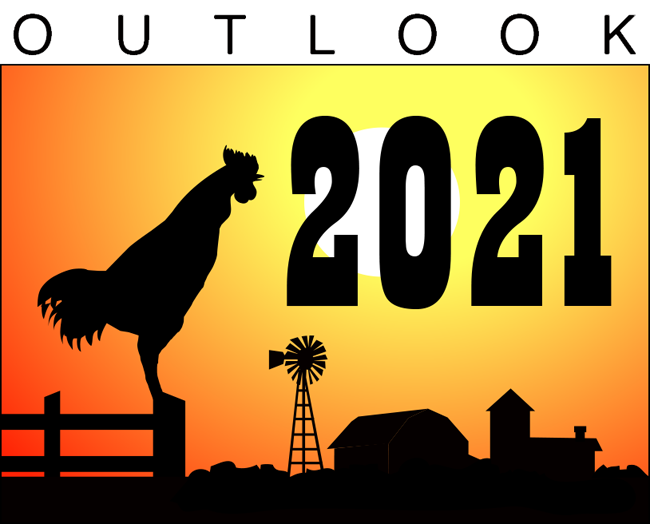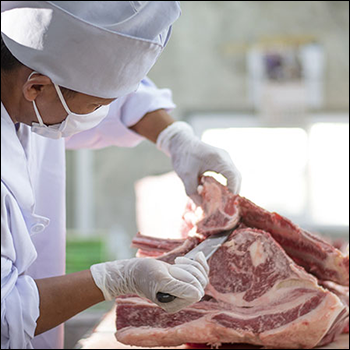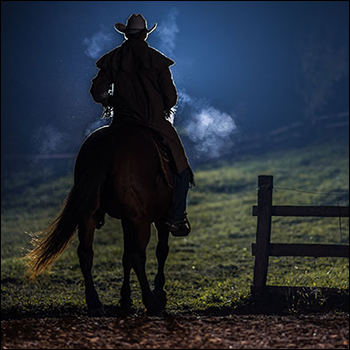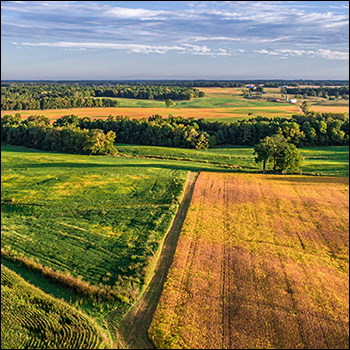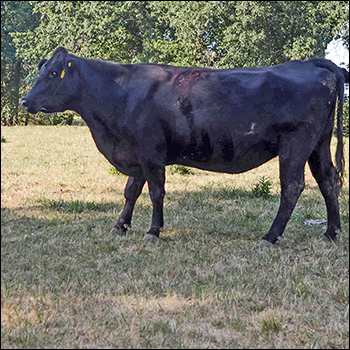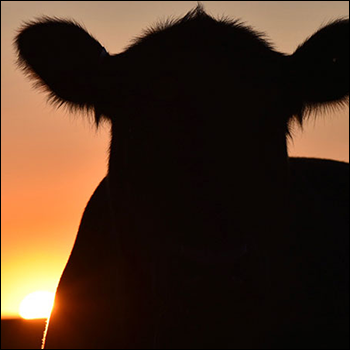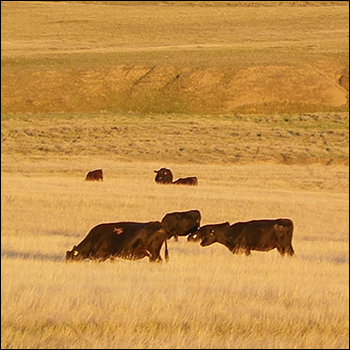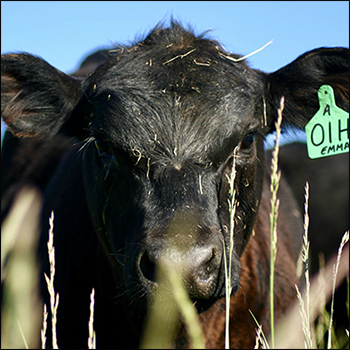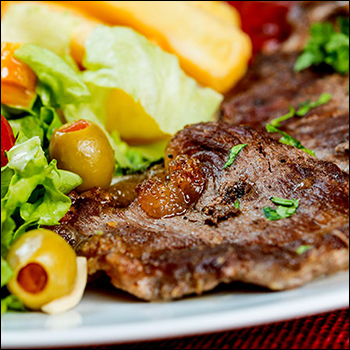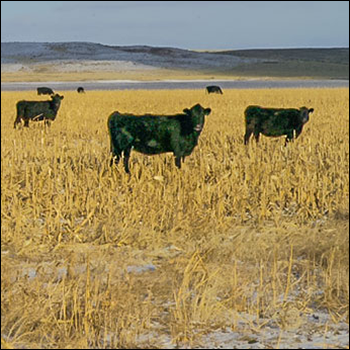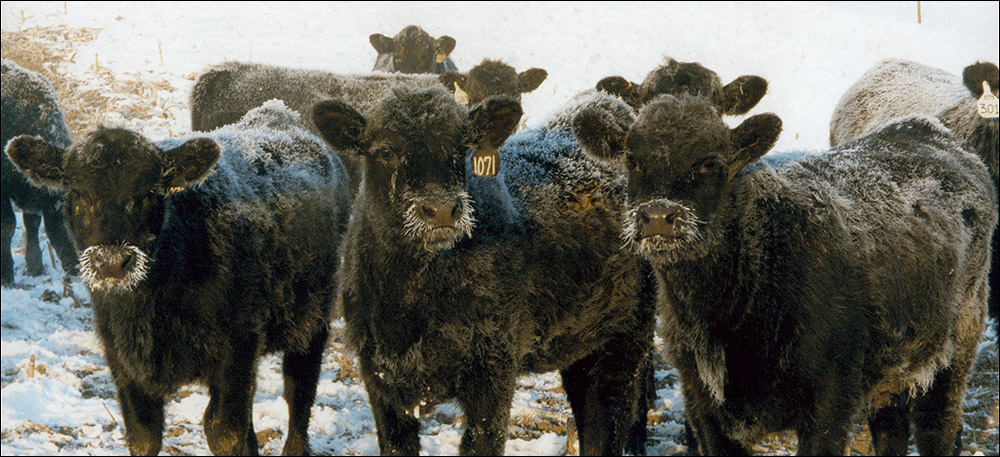
Reduce Stress Working Cattle in Cold Weather
Tips for working cattle, no matter the weather.
Sometimes bad weather can make things more challenging when processing cattle — whether preg-checking, vaccinating, weaning, vaccinating incoming feedlot or backgrounding cattle, artificially inseminating (AI) fall calvers, delousing, or giving cows their precalving vaccinations in midwinter.
Allen Powell is a cattleman in northern Missouri who says if weather is really bad, the best situation is to not work cattle that day. It’s important to keep stress on cattle to a minimum. In any weather, it’s not as hard on them if they don’t get overly excited and stirred up. He learned low-stress cattle-handling methods from Bud Williams.
“I also had a really good mentor after college when I was working on various ranches,” he says. Powell says it’s beneficial to do an internship on a ranch to get some practical experience and learn from others.
“Bud taught us a lot about how cattle think and to train our cattle before the day we actually work them. Many people wait until the day they want to work cattle and don’t give them any training sessions beforehand,” explains Powell.
This approach can be stressful for the cattle, he says, and a bad experience sets them up for more stress every time they come into the corral in the future. If the cattle aren’t stressed, they don’t get as upset and overheated in hot weather, or as vulnerable to the effects of cold weather — getting excited, overheating and then chilling.
 |
If the cattle are trained to go through your facility calmly without stress, it is easier on them and the people working them — an important factor in cold weather. [Photo by Paige Nelson] |
It’s also important to look over your facilities beforehand, he advises. Some things don’t work as well in cold weather. A hydraulic chute may need some time to warm up before you actually use it, for example. If there’s ice or snow and bad footing, you need to address those problems. If weather is bad, it’s nice to have your chute under cover.
“If you are out in the cold and the wind or wet, the cattle are uncomfortable and you are uncomfortable and this makes everyone — including the cattle — more unhappy, and things are more likely to go wrong,” says Powell.
He used to use horses and dogs and now uses 4-wheelers to handle cattle slowly and quietly. If the cattle are trained to go through your facility calmly without stress, it is easier on them and the people working them — an important factor in cold weather, he says.
“Bud Williams told us that there are probably some days when you have the wrong attitude to work cattle! On those days it’s better to not do it, but sometimes you can’t postpone. When we schedule a vet to come preg-check, we have to book a month ahead and have to do it on that day, but there are other times you might want to be flexible and only work the cattle when it will be a good day — including your own attitude,” he says.
Powell says, “If things aren’t going well, it may be due to your own bad attitude!”
Editor’s note: Heather Smith Thomas is a cattlewoman and a freelance writer from Salmon, Idaho. Lead photo by Kellen Jorgensen, NJAS/Angus Journal Photography Contest.
